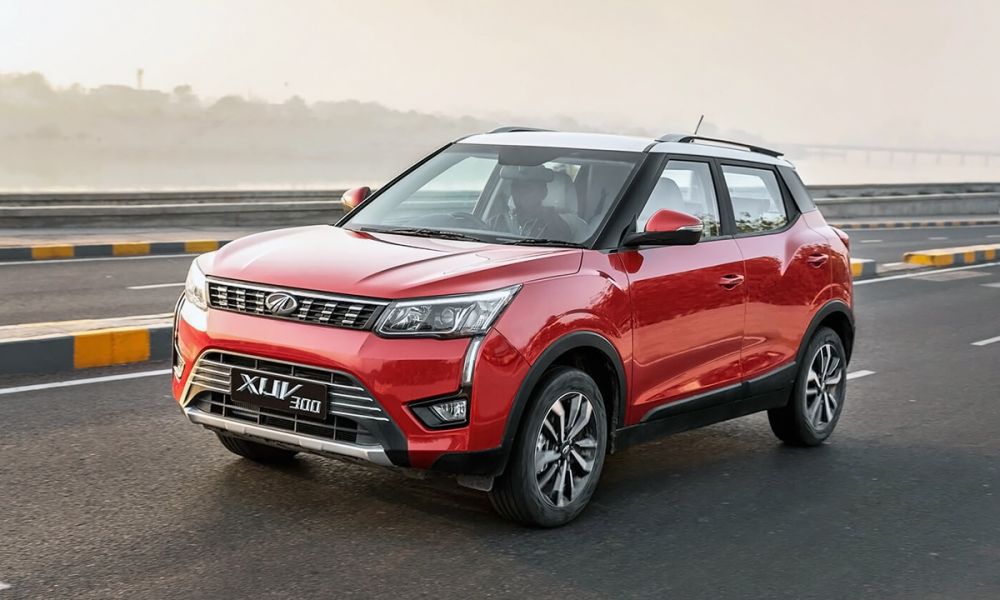The growing trend toward long-term car rental Singapore services represents a fascinating shift in consumer behaviour, paralleling broader changes in how urban professionals relate to material possessions in one of Asia’s most meticulously planned cities. This move away from traditional ownership models reflects both practical economic calculations and deeper societal transformations regarding mobility and status.
The Certificate of Entitlement Conundrum
At the heart of Singapore’s distinctive automotive landscape lies a policy intervention that fundamentally reshapes the ownership equation:
- COEs (Certificates of Entitlement) typically add S$50,000-S$100,000 to vehicle costs
- These certificates expire after 10 years, creating artificial depreciation cliffs
- Bidding systems introduce price volatility that complicates financial planning
- Renewal costs often approach the value of the ageing vehicle itself
- The resulting total cost of ownership exceeds comparable global cities by substantial margins
“The COE system essentially functions as a deliberate market distortion, designed to internalise the social costs of private vehicle usage in a land-constrained environment.” This policy architecture creates the economic foundation upon which the long-term rental market thrives.
The Anthropology of Automotive Detachment
What makes the Singapore case particularly interesting is how traditional status markers are evolving:
- Vehicle ownership, once a quintessential symbol of success, faces decreasing social significance
- Professional mobility increasingly precludes multi-year vehicle commitments
- Environmental considerations diminish the appeal of permanent vehicle attachment
- Subscription-based consumption patterns extend naturally to transportation
- Flexibility emerges as a more valued attribute than permanent possession
These shifts mirror wider changes in consumption patterns, where access increasingly trumps ownership across multiple categories.
The Mathematical Advantage
The financial calculus proves surprisingly compelling for many segments:
- Elimination of depreciation risk, particularly significant given COE price volatility
- Absence of down payment preserves capital for alternative investments
- Predictable monthly expenditure simplifies budgeting and financial planning
- Inclusion of maintenance removes uncertain repair expenses
- Insurance bundling eliminates another administrative and financial variable
“When calculated over a typical three-year period, long-term rental arrangements often represent a 15-25% reduction in total transportation expenditure compared to ownership models.” This mathematical reality drives adoption even among traditionally ownership-oriented demographics.
The Demographic Patterns
The profile of who chooses long-term rentals reveals telling sociological patterns:
- Expatriate professionals with uncertain tenure commitments
- Local professionals with frequent travel requirements
- Young families seeking to optimise capital deployment toward housing
- Entrepreneurs whose financial focus remains on business investment
- Environmentally conscious consumers testing different vehicle technologies
These disparate groups share a common calculation that mobility need not equate to ownership.
The Fleet Diversity Advantage
The structure of long-term arrangements offers flexibility impossible in ownership models:
- Vehicle exchanges to accommodate changing family circumstances
- Seasonal adjustments between economy and luxury options
- Opportunity to experience electric vehicles without technological commitment
- Weekend upgrades for special occasions or visiting guests
- Short-notice substitutions during maintenance periods
“The ability to evolve one’s vehicle choice with life circumstances represents a substantial advantage over the relative rigidity of ownership.” This adaptability particularly appeals to Singapore’s dynamic professional class.
The Hidden Complexities
Like any evolving consumer category, long-term rentals present nuanced considerations:
- Mileage limitations require careful attention to actual usage patterns
- Insurance excess levels vary substantially between providers
- Vehicle condition standards at return create potential friction points
- Cancellation terms impose meaningful constraints on flexibility
- International usage permissions vary significantly between providers
These factors rarely appear in marketing materials but substantially impact the lived experience of long-term rental arrangements.
The Urbanist Perspective
From a city planning perspective, the trend introduces intriguing possibilities:
- Fleet modernisation occurs more rapidly than in ownership-dominated markets
- Vehicle utilisation rates increase, potentially reducing total vehicle requirements
- Adoption of alternative fuel vehicles accelerates through risk-free trials
- Parking infrastructure requirements may diminish over time
- Congestion patterns could evolve with changing usage incentives
These secondary effects suggest the possibility that individual consumption choices might collectively reshape urban mobility patterns.
The Future Trajectory
Several factors suggest continued expansion of the category:
- Increasing COE prices strengthen the financial case for rental arrangements
- Digital platforms reduce transaction friction in the booking process
- Growing environmental consciousness favours consumption flexibility
- Work-from-home trends reduce daily commuting requirements
- Autonomous vehicle capabilities will likely debut in rental fleets first
“The convergence of technological, economic, and social factors points toward continued growth in flexible vehicle arrangements as an alternative to traditional ownership models.” This directional shift appears increasingly inevitable.
Conclusion
The evolution of transportation consumption in Singapore offers a fascinating case study in how policy frameworks, economic incentives, and changing social values can collectively transform established consumption patterns. What began as a pragmatic response to extraordinary ownership costs has evolved into a lifestyle choice that reflects broader shifts in how urban professionals relate to material possessions. The city-state’s unique conditions have accelerated trends visible elsewhere, potentially offering a preview of mobility patterns that may emerge in other densely populated urban centres. For those navigating Singapore’s complex transportation landscape, understanding these dynamics proves essential to making informed decisions about long-term car rental Singapore options.






